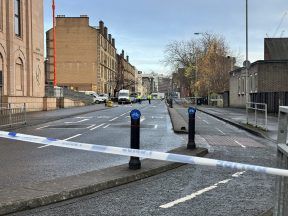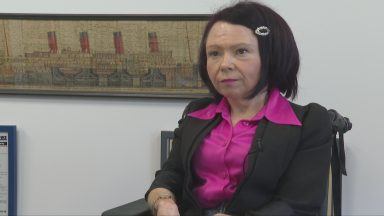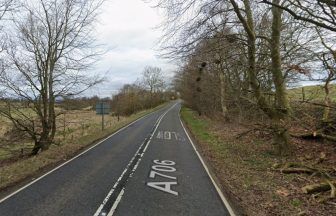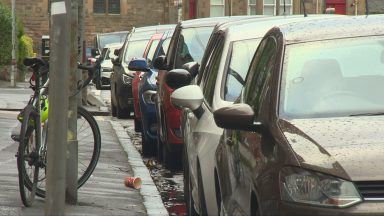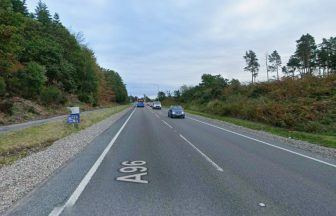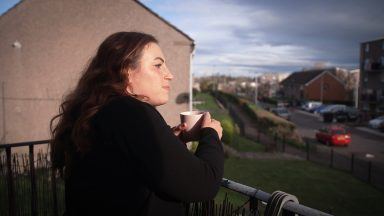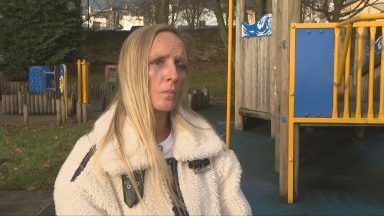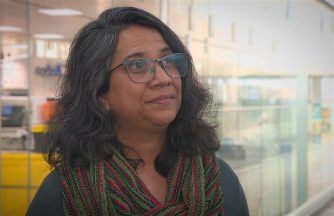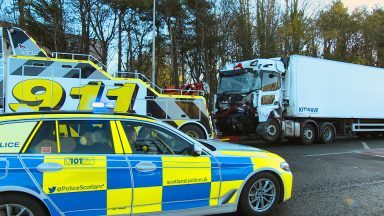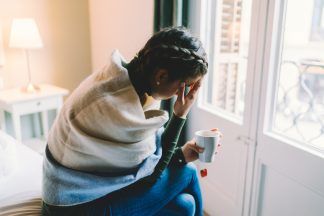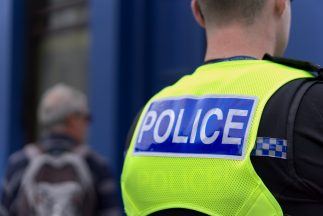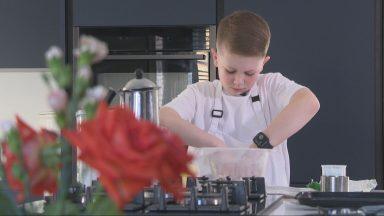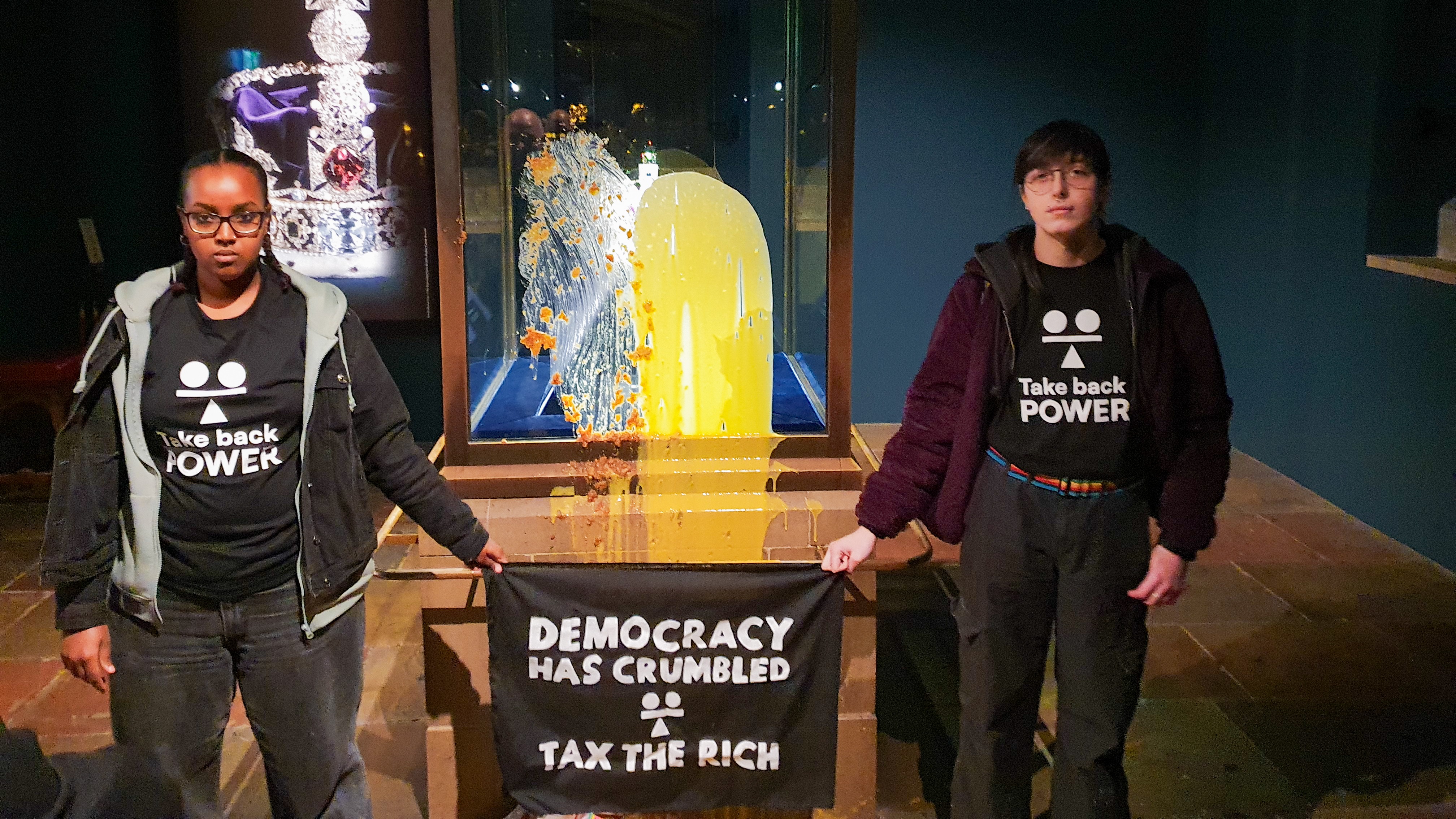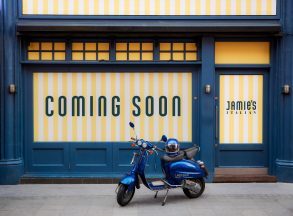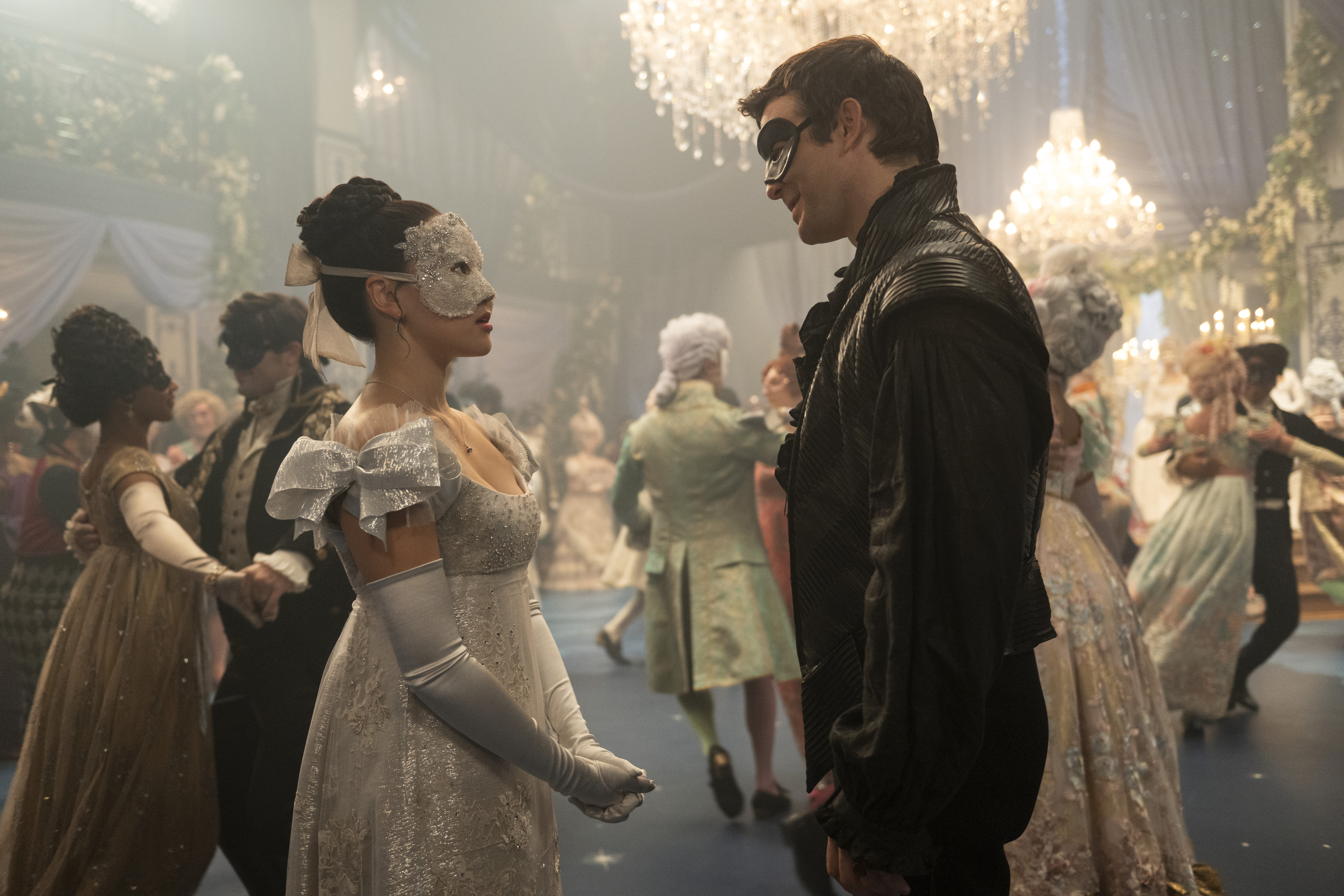Forensic experts revealed the remains of two human skeletons discovered during renovation work at a ruined 12th century abbey belonged to a man and a woman.
The 200-year-old skeletons were found in September 2020 by Scottish Borders Council workers carrying out repair work at Jedburgh Abbey, Scottish Borders.
The discovery put the £1m renovation project at the ancient site on hold while archaeologists examined and removed the remains.
Now forensics has revealed the two skeletons, found lying side by side on their backs, were a male between 25-35 at the time of his death, and a 22-30-year old woman.
The woman’s feet were missing, possibly due to the disturbance of the remains during the initial building of the ramparts wall.
The male was holding a piece of metal, thought to be a horseshoe nail, which could have been some sort of amulet.
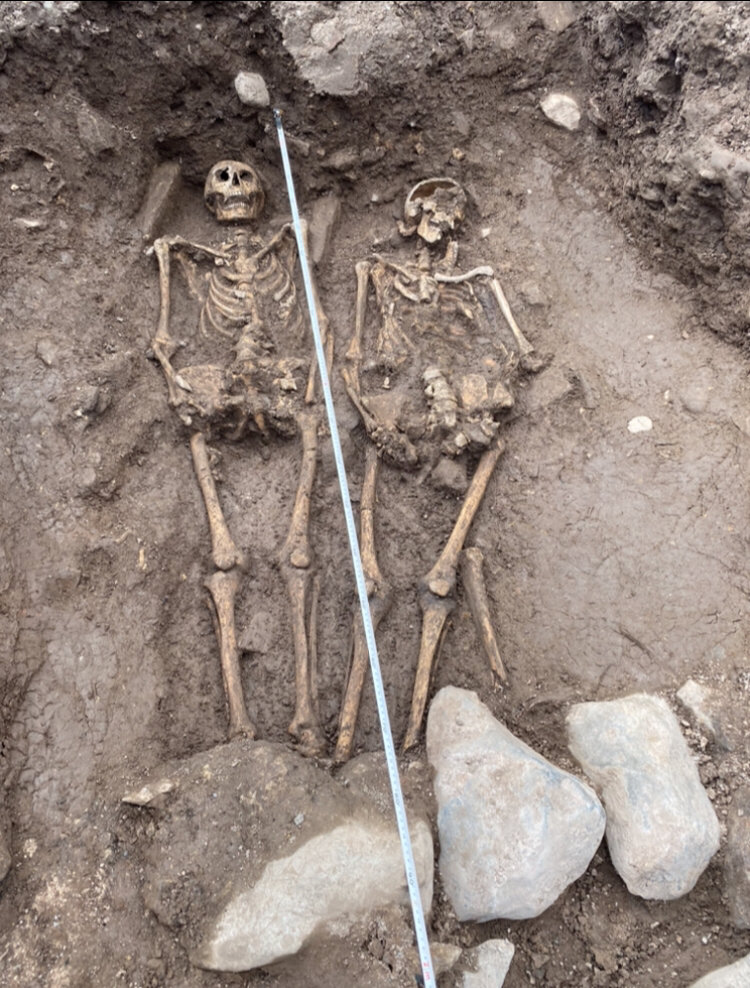 SWNS
SWNSA total of 496 human bone elements from around 28 individual people, including the cranium of an infant, were recorded.
Experts said when the ramparts wall was built, the human remains had been displaced and discarded without much ceremony.
Some 378 animal bone elements were also recorded, including 19 sheep or goats, three cows, one dog, one cat, one bird, one rodent and one pig.
A report by Heritage and Archaeological Research Practice Limited said: “Whilst it is clear that all human skeletal material uncovered was disturbed during the construction of the ramparts in some way, and therefore predate the construction of the ramparts in the late 18th to early 19th centuries, radiocarbon dating of the skeletal material retrieved from the intact human burials would help to provide a more accurate date of death of the individuals, and will help to identify at what time period the previous landscape was in use as a graveyard.
“Whilst preliminary analyses of the animal bones has been undertaken, a more detailed analysis of the animal remains to further identify species and evidence of butchery marks would help to outline what types of animals were being consumed, potentially relating to abbey life.
“Consideration will also need to be taken on the re-deposition of the retrieved human skeletal material, however the final decision for this process will lie with Historic Environment Scotland and SBC.”
Follow STV News on WhatsApp
Scan the QR code on your mobile device for all the latest news from around the country


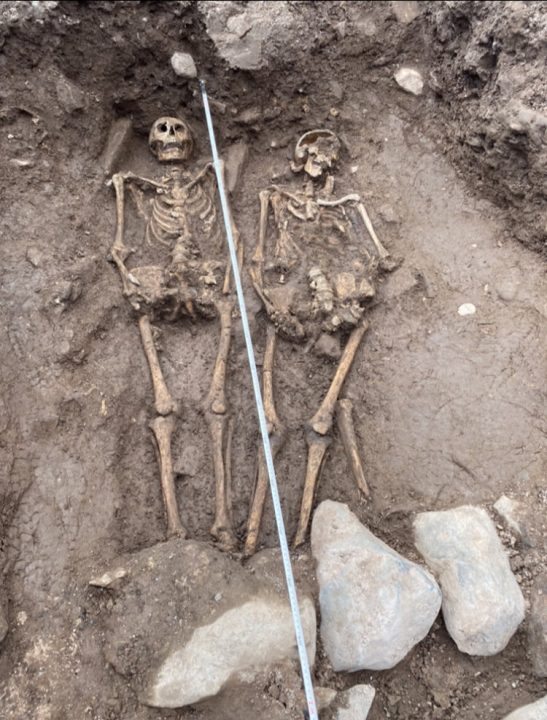 SWNS
SWNS

